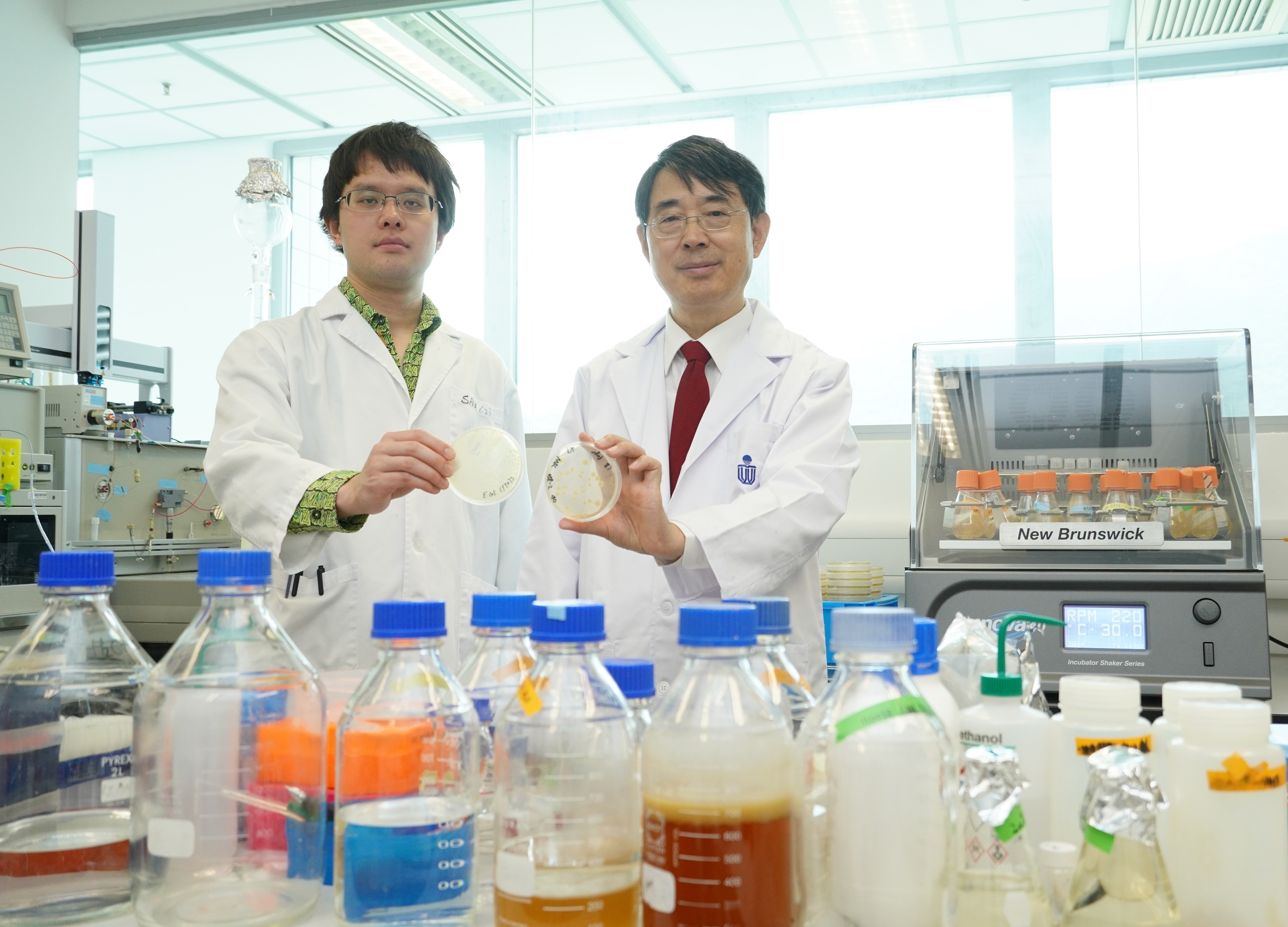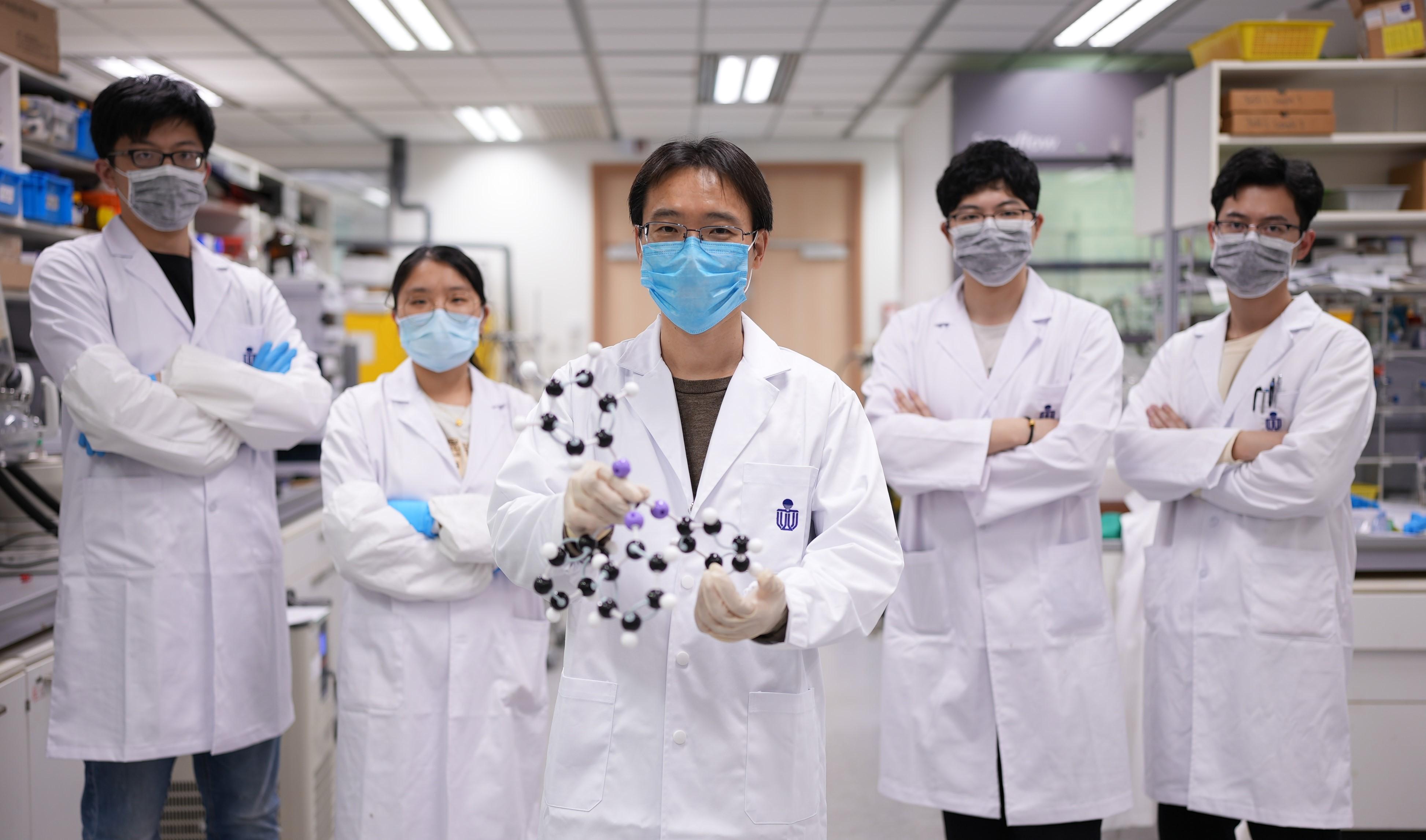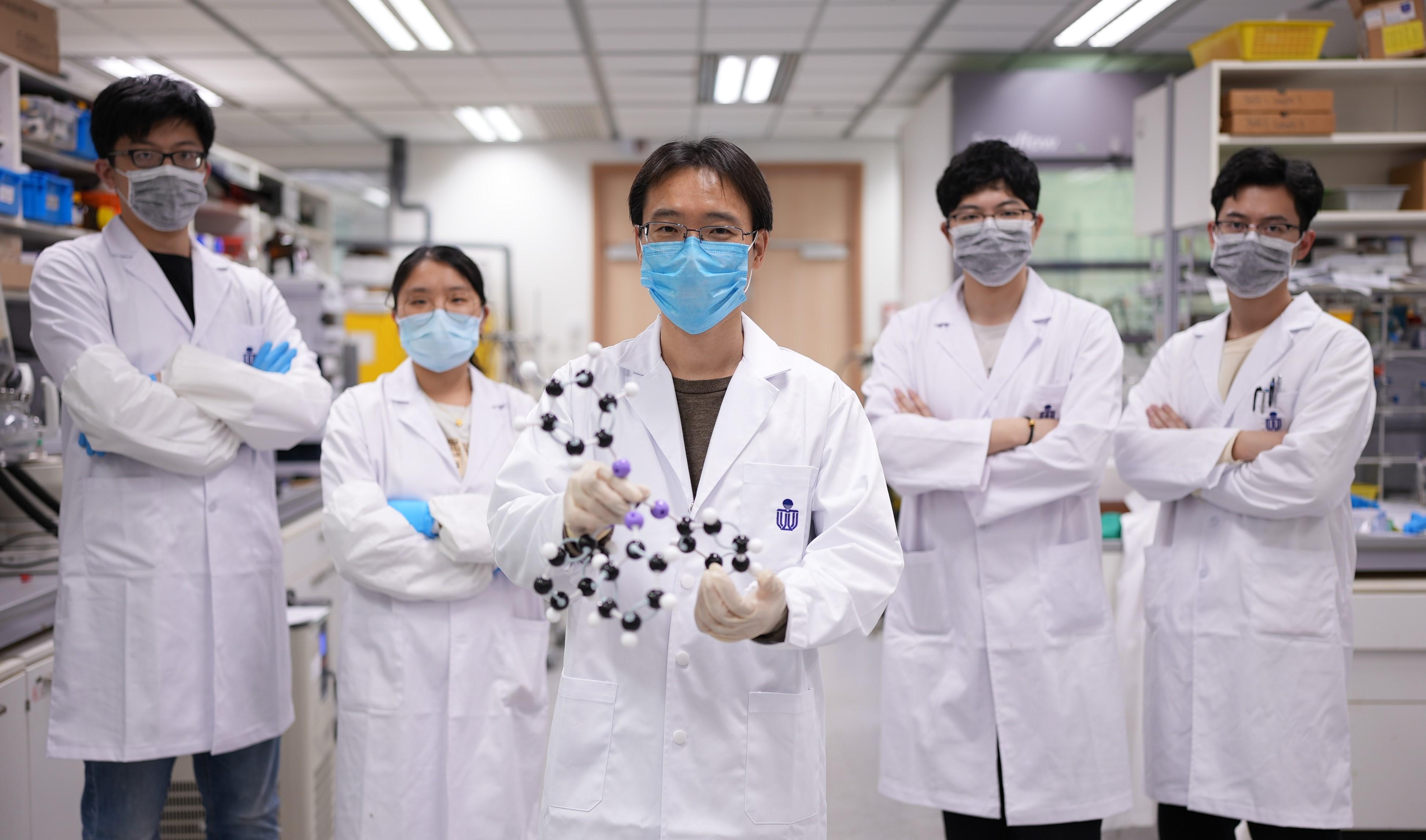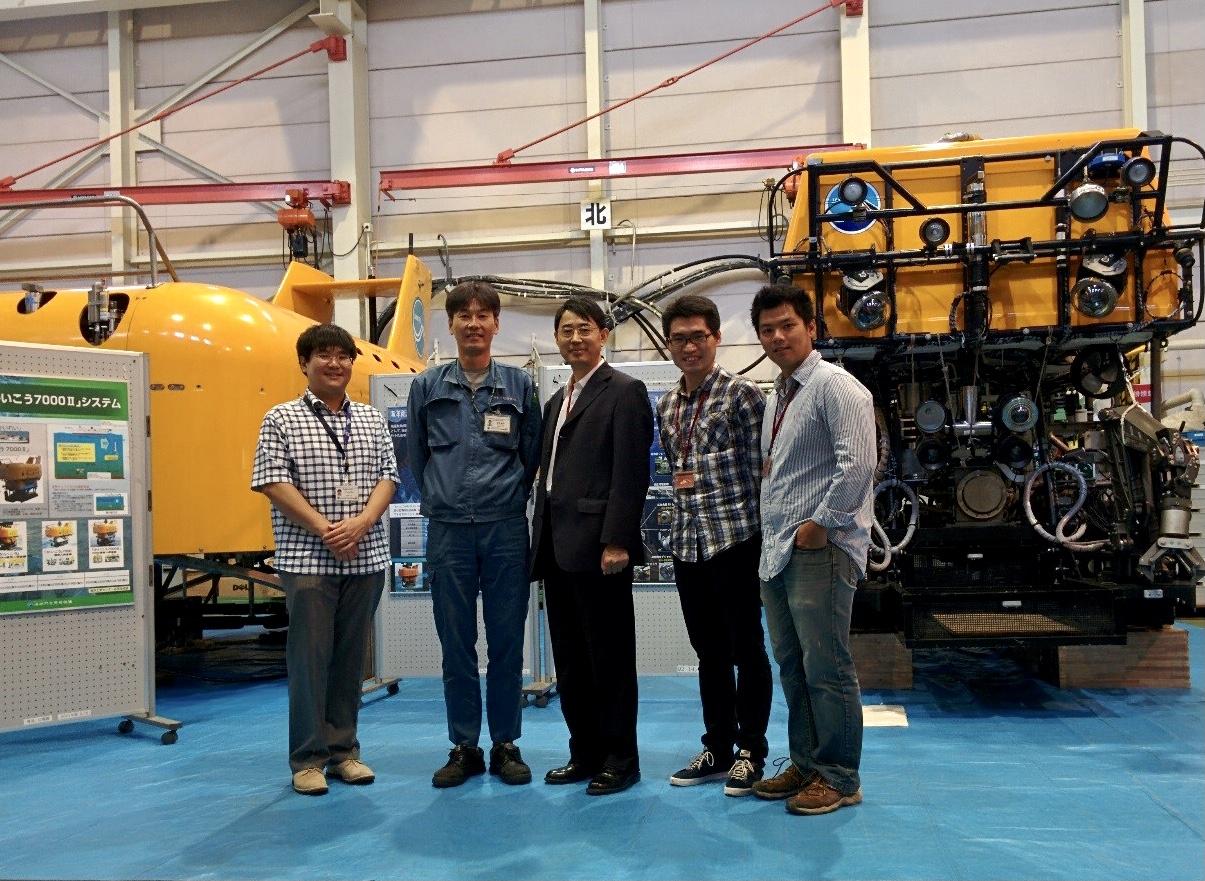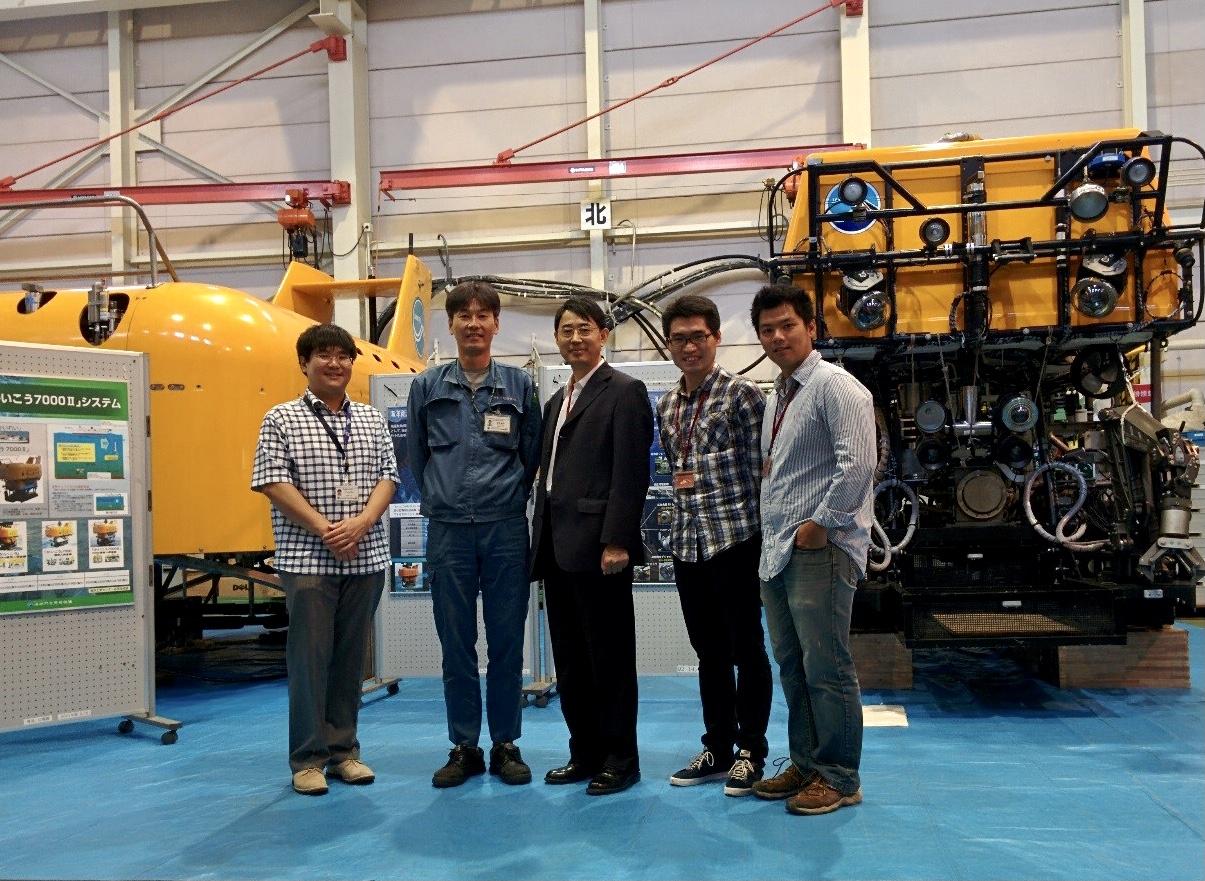Paving Way for New Preventive Measures for Tooth Decay
(This article was published on EurekAlert! on March 16, 2021)
An inter-disciplinary team of researchers led by Prof. Qian Peiyuan, Chair Professor at the Hong Kong University of Science and Technology (HKUST)’s Department of Ocean Science and Division of Life Science has unraveled how a novel microbial small molecule released by Streptococcus mutans (S. mutans) – a bacterium commonly found in the human oral cavity – is connected to dental cares development using a synthetic biology approach, offering new insights to the health impact of the human oral microbiota and facilitating future research on the prevention of tooth decay. The research findings were recently published in the prestigious scientific journal Nature Chemical Biology and reported by 'Nature' as one of the research highlights.
Every wetted surface on our planet is covered by biofilm made of microbial cells meshed in extracellular organic matrix. An early study by the National Institutes of Health (NIH) concluded that over 80% of human bacterial infections were caused by biofilm. Thus, S. mutans, a natural and primary inhabitant of the human oral cavity that has a strong ability to form biofilms and produce organic acids, has long been acknowledged as the major etiological agent of dental caries. Read More...
